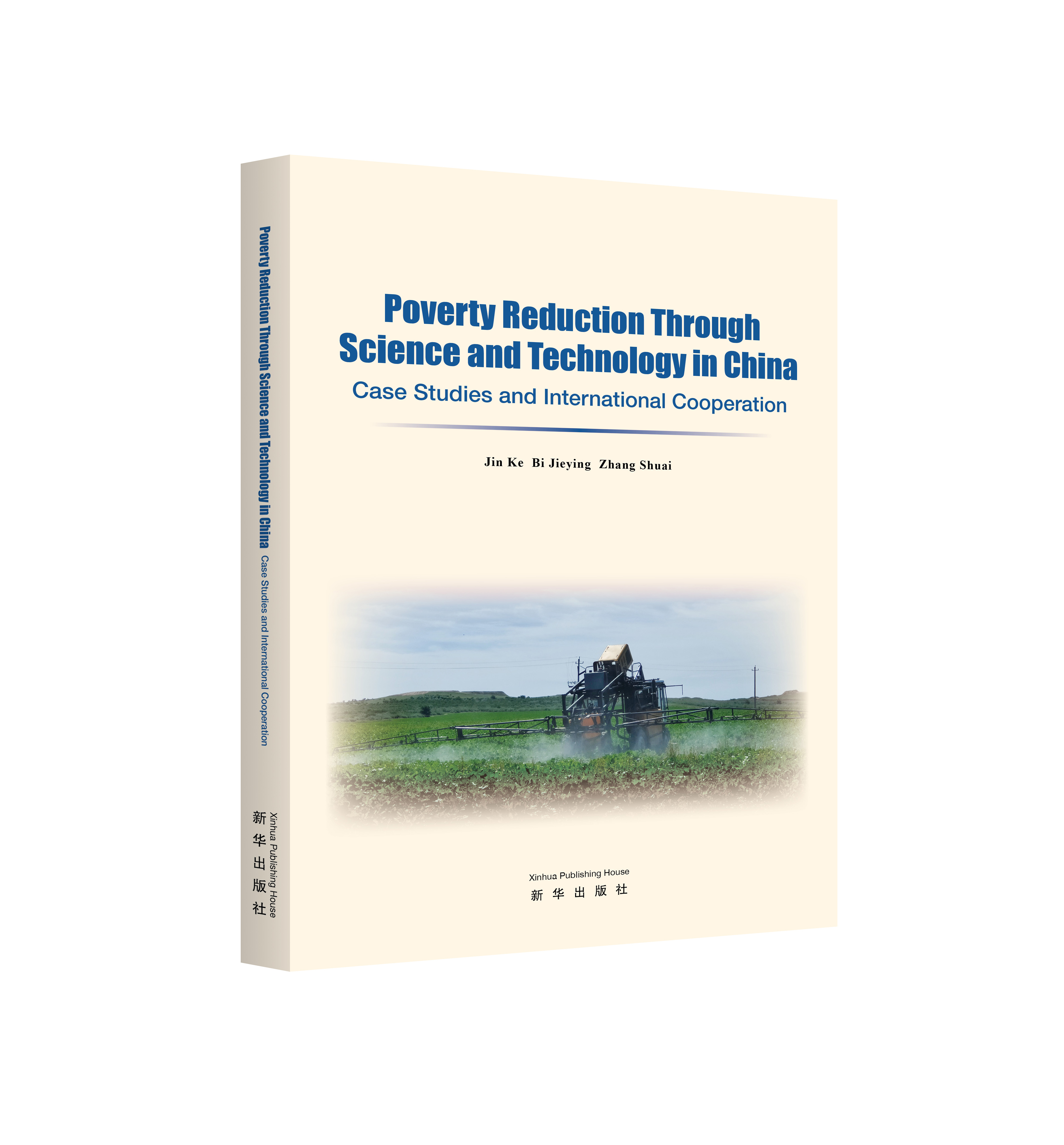Poverty Reduction through Agricultural Science and Technology in China: Case Studies and International Cooperation
Poverty reduction through science and technology constitutes an essential component of China's development-oriented poverty alleviation strategy, having made significant contributions to the nation's poverty reduction efforts.
On June 11, 2025, the Chinese version of the book Poverty Reduction through Agricultural Science and Technology in China: Case Studies and International Cooperation was launched during the 2nd Belt and Road Conference on Science and Technology. The publication was coordinated by the Department of International Cooperation and the CIAR of CAAS, with participation from the Chinese Academy of Agricultural Sciences, the Chinese Academy of Tropical Agricultural Sciences, and the China Rural Technology Development Center. An English version of the book will soon be published to comprehensively promote these insights among Belt and Road countries, jointly advancing global poverty reduction and development.
The book aims to elucidate China's policy framework for poverty reduction through science and technology, systematically document the country's practical experiences, analyze representative cases, and distill effective pathways that contribute Chinese wisdom and solutions to international cooperation in agricultural science and technology for poverty reduction.
The "Theory and Policy" part provides a systematic analysis of the theoretical foundations of poverty reduction through science and technology, reviews the evolution of China's policy system, and summarizes the experiences and achievements of agricultural science and technology in poverty alleviation. From Part II to Part VI, 20 representative cases of poverty reduction through agricultural science and technology, organized into five categories: food crops, cash crops, animal farming, agro-processing, and green development.
Each case is analyzed in detail across five dimensions: poverty reduction initiatives, technological pathways and features, poverty reduction outcomes, suitable regions and countries for promotion, and key lessons learned. The "Collaboration and Prospects" part, Part VII, summarizes typical models of poverty reduction through agricultural science and technology and explores future opportunities for international collaboration by supporting Chinese enterprises in going global, utilizing foreign investment, and developing comprehensive industrial chain solutions.
Through its seven thematic parts, this book not only reviews China's 40-year journey in poverty reduction through science and technology but also systematically explains the "Chinese approach" to global poverty governance, offering a vivid interpretation of the concept of building a community with a shared future for mankind. The book primarily serves four types of audiences: (1) international agricultural policymakers and practitioners, facilitating policy by sharing China's institutional design and implementation experience; (2) foreign officials participating in training programs in China, showcasing achievements and case analyses of China's agricultural science and technology innovations, and thereby building bridges for international cooperation; (3) poverty reduction practitioners in developing countries, providing comprehensive references from technology selection to localized implementation; and (4) cooperative alliances such as the National Agricultural Science and Technology "Going Global" Alliance, the Belt and Road Agricultural Science and Technology Innovation Alliance, and the China-Africa Agricultural Science and Technology Innovation Alliance, promoting collaborative innovation through knowledge-sharing platforms.
It is hoped that the publication of this book will provide both theoretical foundations and practical references that facilitate the exchange of experience and substantive cooperation in global poverty reduction efforts.





